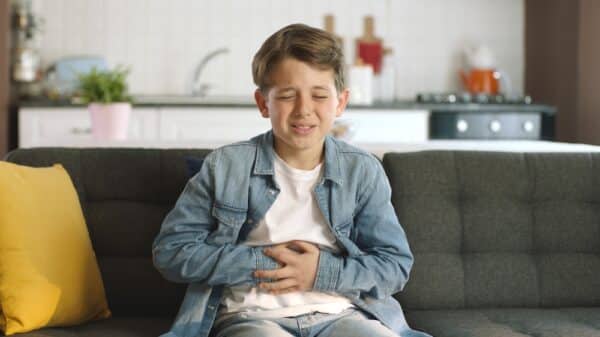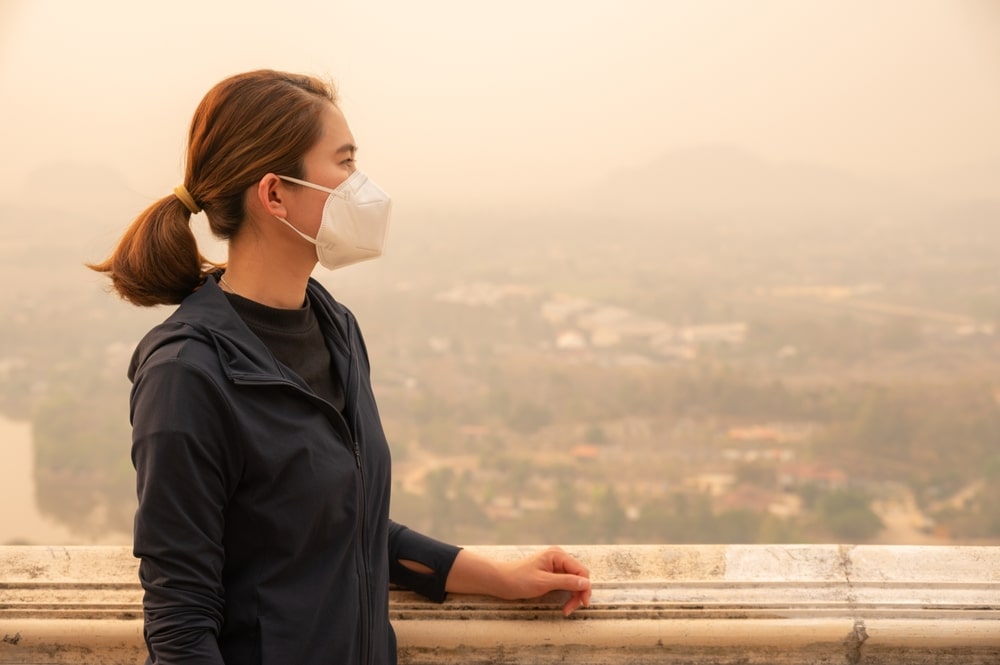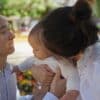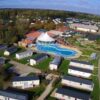The recent wildfires in California have caused extensive destruction, obliterating thousands of homes, burning over 39,000 acres, and leading to the evacuation of 88,000 families. As of Tuesday morning, officials reported that 88,000 individuals in Los Angeles County were subject to evacuation orders.
However, the threats from wildfires extend beyond the immediate fire danger. They produce hazardous smoke that can travel vast distances, transforming clear blue skies into murky, yellow-gray warnings. (In 2023, smoke from wildfires in Canada reached the U.S. East Coast, prompting air quality alerts in areas like New York, North Carolina, and Ohio.)
Studies indicate that wildfire smoke is significantly more toxic—ten times more so—compared to air pollution from fossil fuel combustion. “Inhaling wildfire smoke can lead to symptoms like difficulty breathing, shortness of breath, and coughing,” notes Dr. MeiLan Han, a representative of the American Lung Association and a faculty member at the University of Michigan Medicine.
According to Carrie Redlich, MD, MPH from Yale Medicine, much of the prior research has concentrated on general pollution, but new studies are revealing that wildfire smoke can have comparable health impacts. “There’s been a surge in research indicating that even relatively low levels of air pollution can affect lung and heart health,” she remarks. “Individuals with asthma, COPD, or heart ailments are especially at risk—particularly vulnerable demographics such as pregnant women and young children.”
The particles found in wildfire smoke are often smaller than one-third the diameter of a human hair, allowing them to penetrate deeply into the lungs. “Limiting strenuous activities is advised because a higher respiratory rate means more particulates are inhaled,” adds Dr. Redlich, stressing the importance of mitigating exposure during times of poor air quality.
What steps can you take to keep yourself and your children safe? Experts suggest that taking proper precautions can help minimize exposure and safeguard your family’s health.
1. Monitor Air Quality—Knowledge is Power
Smoke can linger in the air, both indoors and outdoors, for days following the end of wildfires, so it’s vital to monitor local air conditions. Use resources like the Air Quality Index (AQI) available on AirNow.gov or on your smartphone’s weather app. An AQI above 150 is categorized as unhealthy for sensitive groups, including expectant mothers and young children.
When air quality declines, it’s prudent to stay indoors and close all windows and doors.
2. Keep Indoor Air as Clean as Possible
Here are some tips for enhancing indoor air quality:
- Seal windows and doors to prevent outside pollutants from entering.
- Utilize an air purifier equipped with a HEPA filter to diminish indoor contaminants. If you have a central air system, incorporate a MERV-13 filter.
- Establish a designated “clean air room” in your home where family members can retreat if outdoor conditions worsen. Use an air purifier in this space and keep the door closed.
- Minimize indoor pollutants by omitting candles, incense, gas stove cooking, and vacuuming (which can release dust and allergens). Steer clear of commercial cleaning agents and artificial fragrances.
3. If You Must Go Outside, Wear a Proper Mask
Standard cloth and surgical masks are ineffective against wildfire smoke. Instead, use an N95 or KN95 mask, which is designed to filter out fine particles. Children over the age of 2 can wear small-sized KN95 masks for additional protection.
4: Special Considerations for Pregnant Individuals
Pregnancy increases strain on the lungs and heart, making it crucial to limit exposure to wildfire smoke. Research indicates possible links between wildfire smoke and issues like preterm births, low birth weights, and gestational diabetes.
Fortunately, following the appropriate measures—such as remaining indoors during poor air quality, utilizing HEPA filters, and wearing protective masks—can mitigate these risks, promoting a safer pregnancy.
“Everyone, whether pregnant or not, ought to avoid prolonged inhalation of wildfire pollutants,” says Dr. Christina Han, a professor of clinical obstetrics and gynecology at UCLA. “However, with the right precautions, you and your baby can remain healthy.”
If you are expecting, consider additional precautions:
- Minimize outdoor exposure whenever possible.
- Stay well-hydrated—water aids in flushing out toxins.
- Create a prenatal care strategy with your doctor, especially relevant in areas frequently impacted by wildfires.
- Pay attention to your body. Seek medical assistance at the first signs of breathing difficulties, dizziness, or chest pain.
5: Protecting Young Children from Wildfire Smoke
Children’s lungs are still developing, and due to their faster breathing rates, they inhale a greater volume of smoke relative to their body weight.
“Infants’ lungs, particularly those born prematurely, lack the strength of older children or adults,” warns Dr. Marnie Granados, a pediatrician at CHOC. “This makes them particularly susceptible to poor air quality. Children with asthma or other chronic respiratory issues should be especially vigilant during wildfire events or bad air conditions.”
To help keep them safe:
- Ensure children remain indoors during poor air quality conditions.
- If you must venture outside, provide a KN95 mask for children over 2, ensuring it fits securely over their nose and mouth.
- Shield against ash and debris. After returning home from a wildfire, wash your child’s hands, face, and clothes to eliminate harmful particles.
- If your child suffers from asthma or another respiratory condition, keep medication nearby in case symptoms worsen. Stay alert for any signs of increased respiratory distress, including persistent coughing, wheezing, or more frequent use of rescue inhalers. If symptoms escalate, seek medical attention without delay.
6: Preparing for Evacuations
Activate your vehicle’s air conditioning on auto-circulate, as automotive air filters are typically HEPA-standard.
For those residing in wildfire-prone regions, having a Go Bag prepped can prove invaluable. Pack vital items such as:
- N95 masks for every family member
- Extra water and non-perishable snacks
- Necessary medications (including inhalers, if applicable)
- Important documents
- Familiar items for kids, like a stuffed animal or blanket
- If pregnant, think about including prenatal vitamins, additional maternity clothing, medical records, and emergency contact numbers in your emergency bag.
For further assistance,Explore our article on assembling the ultimate emergency go bag.
Key Takeaway:
As wildfires grow increasingly common and severe, taking proactive steps can help safeguard you and your children from the detrimental impacts of wildfire smoke. It’s completely understandable to feel heightened anxiety during wildfire season. Be sure to consult with your healthcare provider about finding ways to manage stress, ensuring your pregnancy or parenting experience remains as comfortable as possible.
Image Source: Boyloso / Shutterstock



































